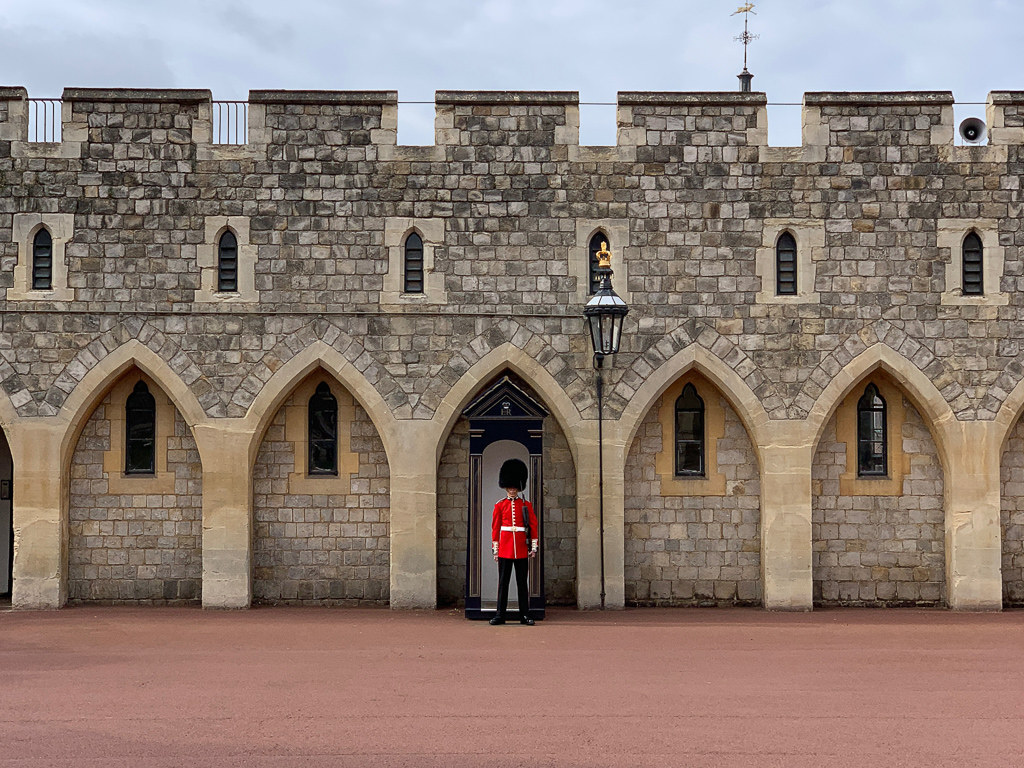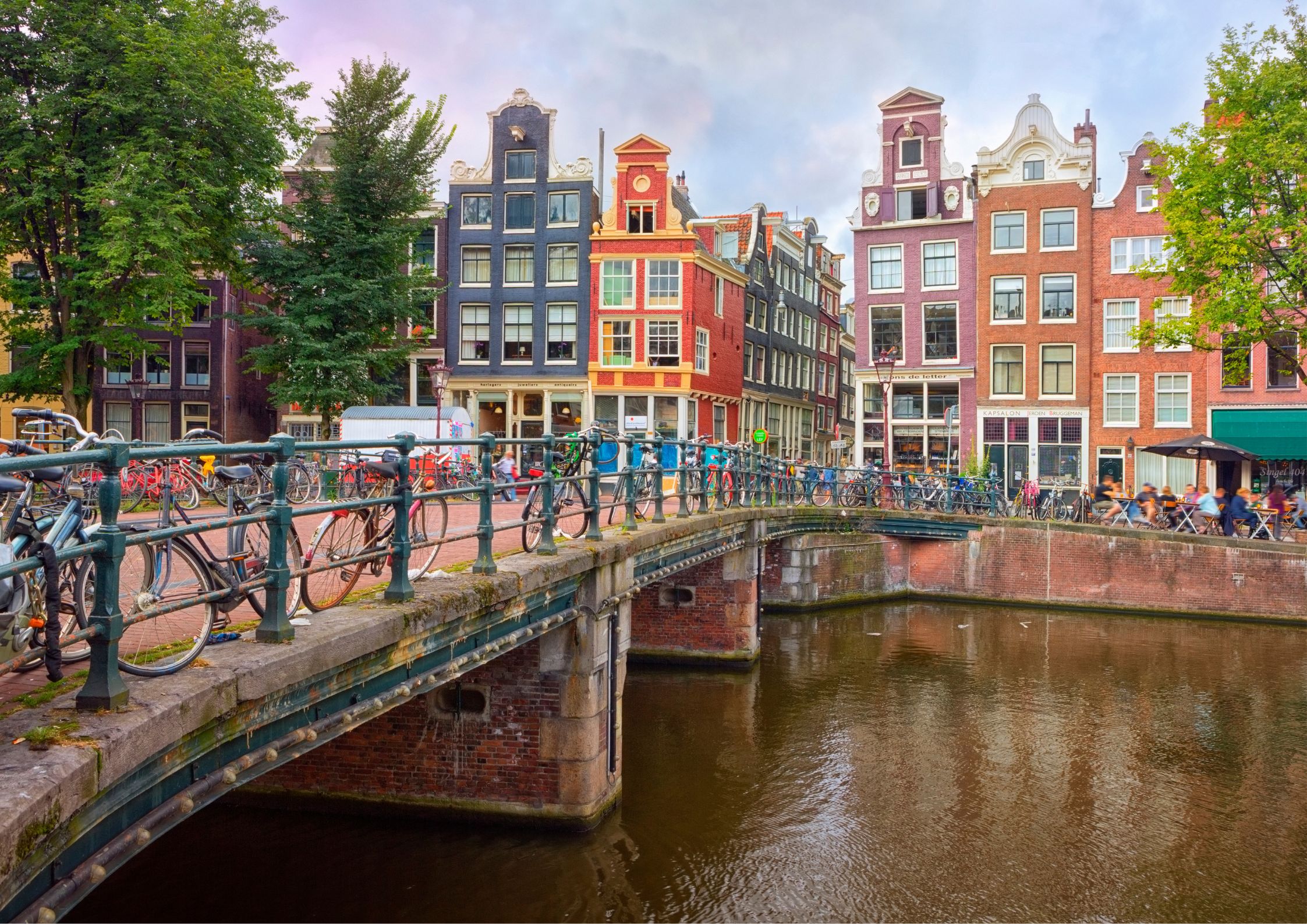Your Guide to Visiting the Top Landmarks of Paris
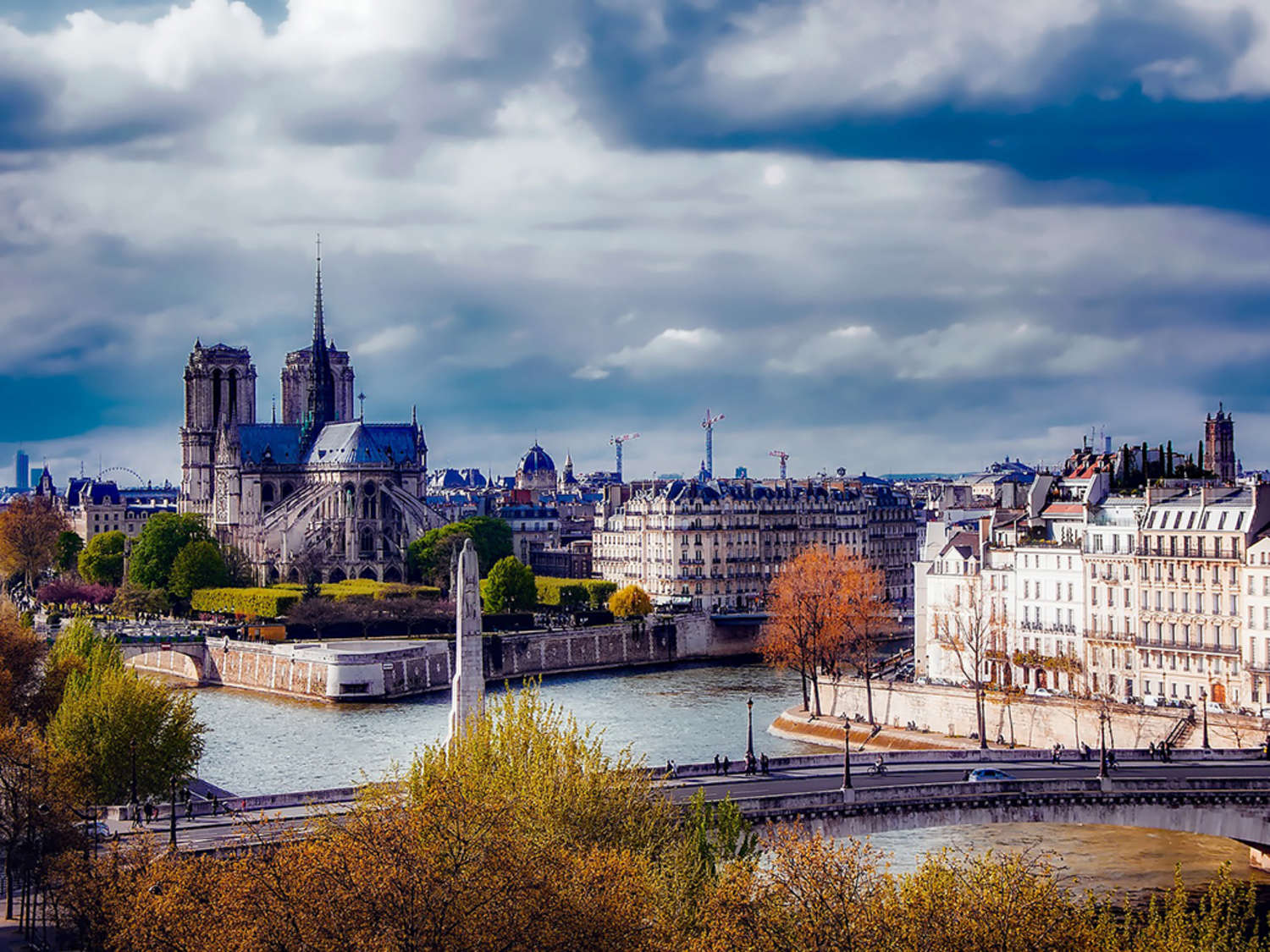
Notre Dame Cathedral from the Seine
Paris is one of the most beloved tourist destinations in the world. Filled with historic monuments, lovely parks and public squares, and museums galore, the City of Lights has so much to offer. Whether you are passionate about art, history, religion, or architecture, these are the top 25 Paris landmarks you should visit during your stay.
Paris Monuments
The Eiffel Tower is the most well-known of Paris landmarks. Standing over 1,000 feet tall, the iconic 19th-century structure has three levels that include observation decks, souvenir shops, a museum, restaurants (including the Michelin-rated Jules Verne restaurant), and a champagne bar. While touristy, we don’t think anyone should go to Paris without checking out this iconic sight. It’s especially beautiful at night. (Obviously an example of the more modern side of Paris, explore other Art Nouveau and Art Deco highlights on our modernist architecture tour.)
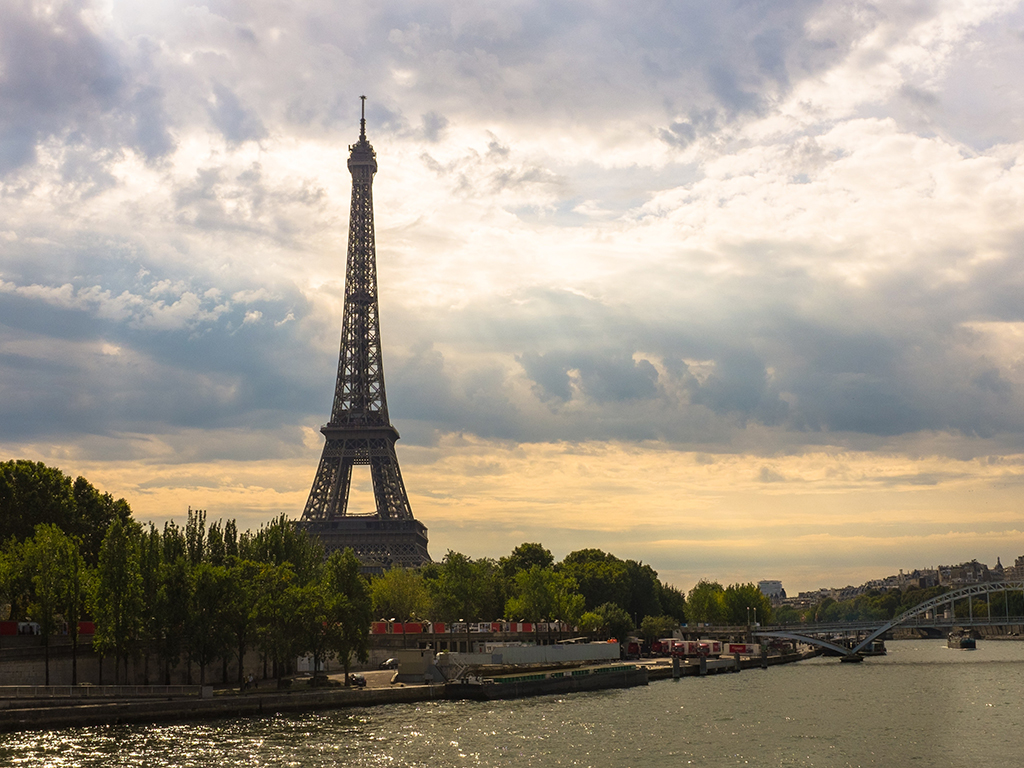
The imposing Arc de Triomphe is another iconic Paris landmark. The Arch—the biggest in the world—was commissioned by Napoleon in the early nineteenth century to celebrate his victory at Austerlitz. It stands at the juncture of twelve avenues, including the famous Champs-Élysées, lined with restaurants and luxury boutiques.
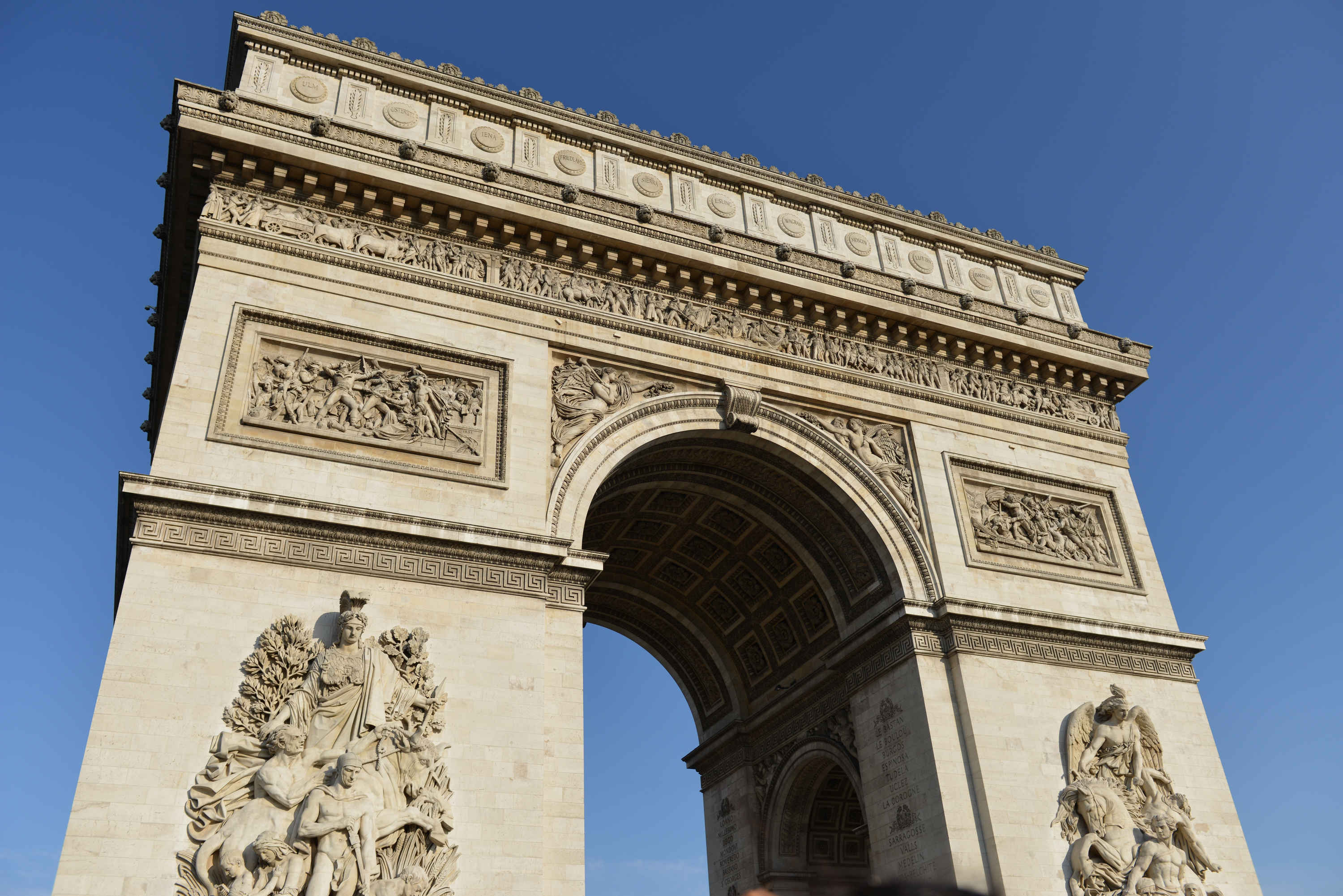
Art and Cultural Institutions of Paris
The Louvre is the largest and most visited art museum in the world, home to masterpieces including the Mona Lisa, the Venus de Milo, Veronese’s Wedding Feast at Cana, Delacroix’s Liberty Leading the People, and countless other world-renowned works. Learn about the museum’s impressive collection in our Louvre Crash Course led by an art historian. Outside the museum, the Louvre Pyramid, designed by architect I.M. Pei, is one of the most emblematic Paris landmarks.
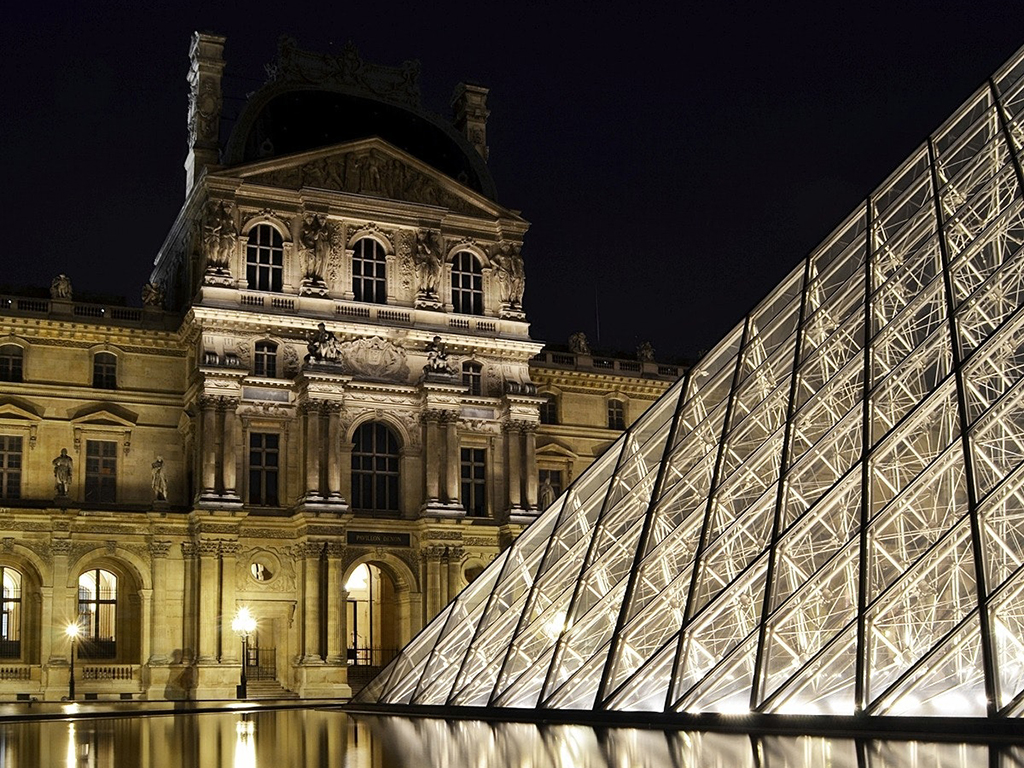
Originally a railway station, the Musée d'Orsay opened as a museum in 1986. The museum has one of the best collections of Impressionist art, featuring works by artists like Monet, Degas, and Courbet. Our Musée d'Orsay Crash Course is a great introduction to 19th and early 20th century art.
The Palais de Tokyo is one of the most well-known Paris landmarks for art lovers. The monumental building was constructed in 1937 for the Paris International Exhibition. The eastern wing of the building is home to the Musée d'Art Moderne de la Ville de Paris (Museum of Modern Art of the City of Paris). The western wing is dedicated to temporary exhibitions of contemporary art.
The Opéra Garnier, an elegant 19th century Beaux Arts building, is one of the world’s most famous opera houses. Visit the Opéra Garnier with an architectural historian in our Haussmann Architecture Tour and learn about how Baron Haussmann transformed the city in the eighteenth century, laying the groundwork for the Paris we see today.
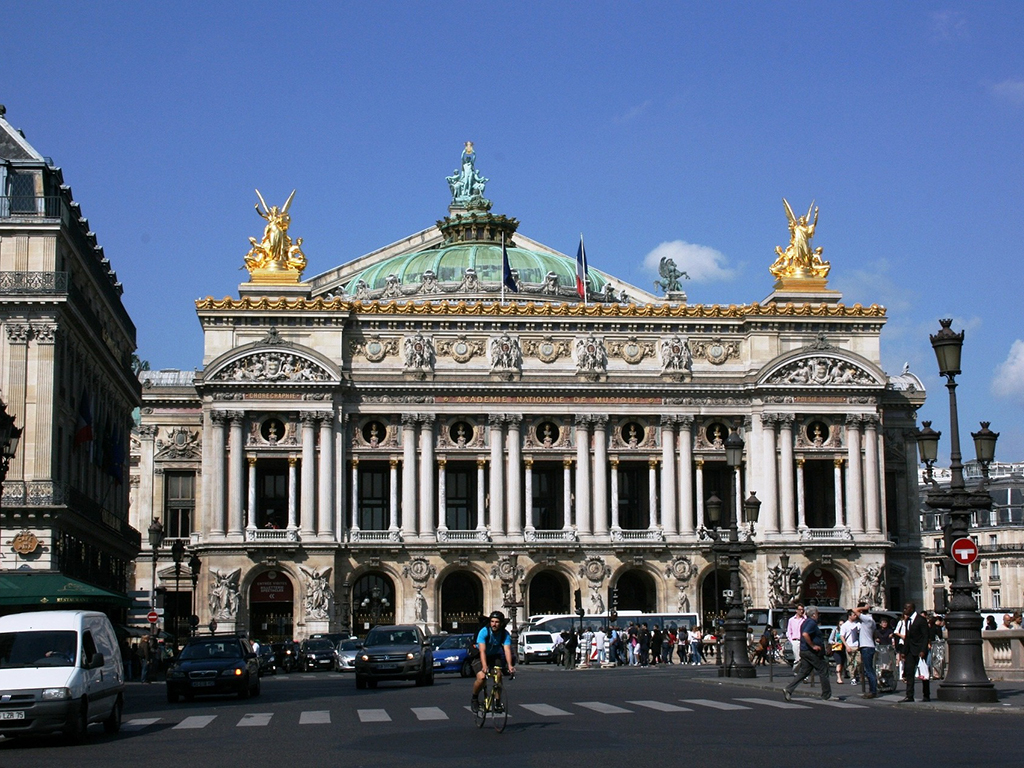
The Philharmonie de Paris, designed by architect Jean Nouvel, is a major cultural institution that hosts concerts, exhibitions, conferences, workshops, and more. The grand concert hall has 2,400 seats and is designed to truly immerse visitors in the music—the hall uniquely planned the seating so no single seat is further than 100 feet from the conductor. The exterior is just as impressive with elaborately patterned aluminum panels covering the building, which itself seems to rise organically from the surrounding Parc de la Villette.
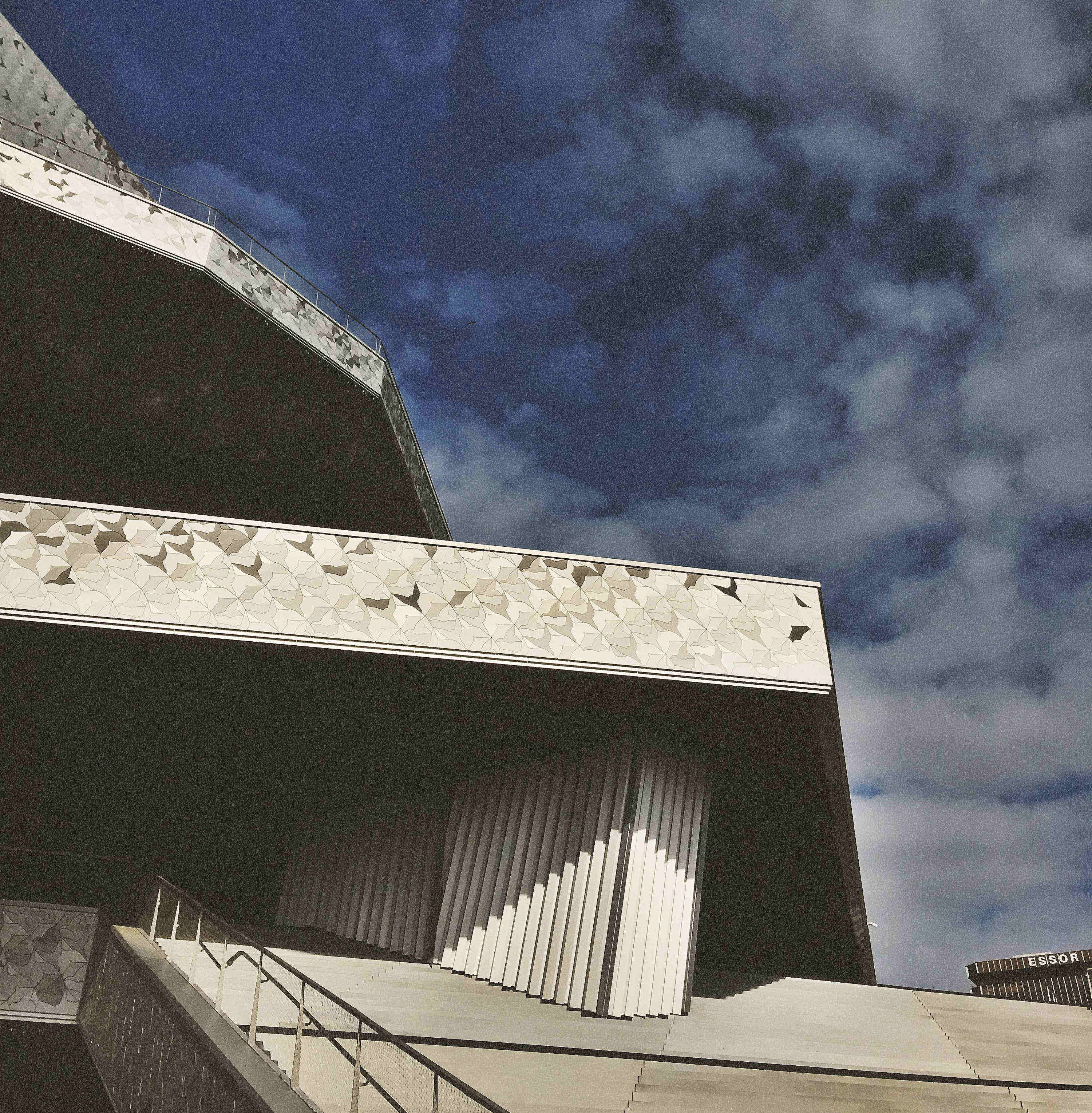
The striking Centre Pompidou is another well-known Paris landmark, recognizable by the exterior escalators. The cultural center is home to the National Museum of Modern Art, which has an impressive collection of modern and contemporary art—the largest in Europe.
The Moulin Rouge, the famed cabaret easily recognized by its iconic windmill is one of the most well-known Paris landmarks, though the original house burned down in 1915. The cabaret is the birthplace of the modern French can-can dance. Today, the Moulin Rouge draws spectators from around the world who can take in the lively atmosphere and enjoy musical dance performances.
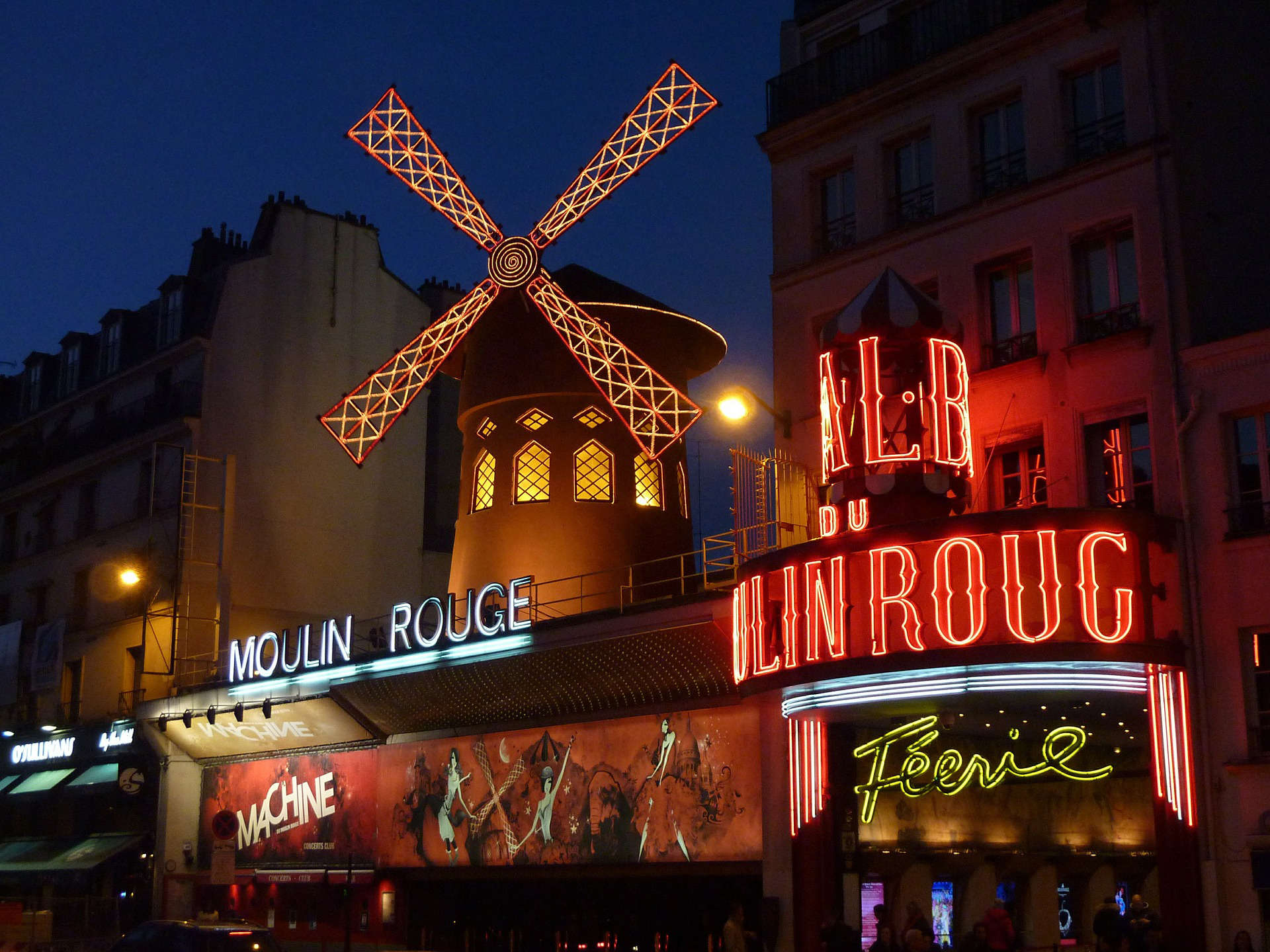
Parks and Squares of Paris
Located between the Louvre and the Place de la Concorde, the Jardin des Tuileries is the largest garden in Paris. The gardens, built on the former site of tile factories, are an excellent place for a stroll or relaxation. There are two ponds and statues by Maillol, Rodin and Giacometti.
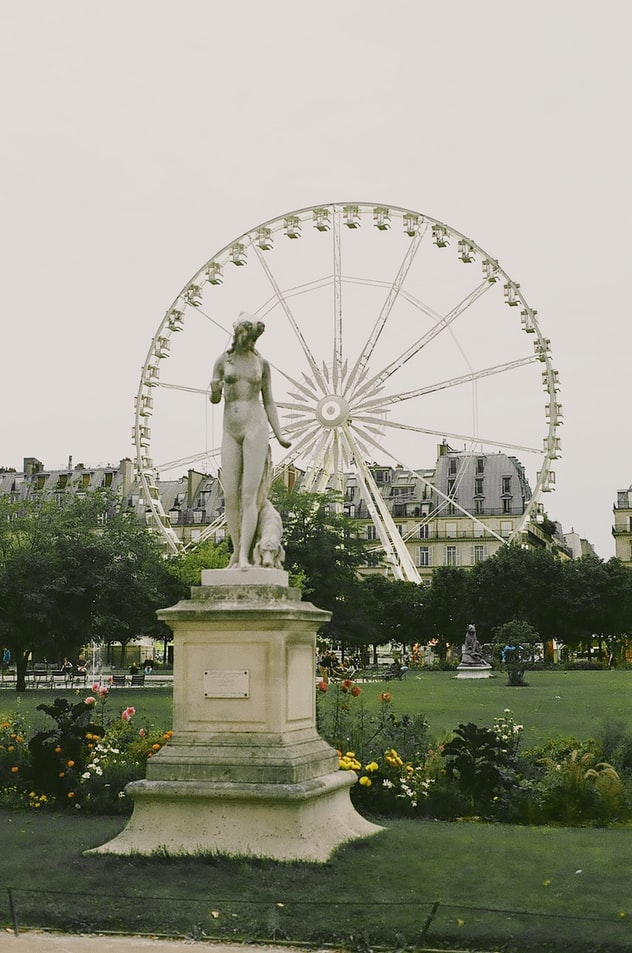
Just west of the Jardin des Tuileries is the Place de la Concorde, the largest square in Paris. The Luxor Obelisk, located at the center of the square, is the oldest of Paris landmarks. More than 3,000 years old, the monument formerly stood at the entrance of the Luxor Temple in Egypt.
The beautiful 17th century Palais du Luxembourg was home to Marie de Medici and is now home to the French Senate. Behind the palace, the spectacular Jardin du Luxembourg is a great place to relax, people-watch, read, or have a picnic.
The Place de la Bastille is one of the most historic Paris landmarks. The square is the former site of the Bastille prison, which was destroyed between 1789 and 1790 after the momentous storming of the fortress, a turning point in the French Revolution. The Colonne de Juillet (July Column) stands at the center of the square, which also features the Bastille Opera.
The Neoclassical Place Vendôme, built in the 16th century in honor of Louis XIV, is surrounded by high end hotels, luxury jewelry brands, and the Ministry of Justice. The Vendôme column at the center of the square was built to commemorate Napoleon’s victory at Austerlitz.
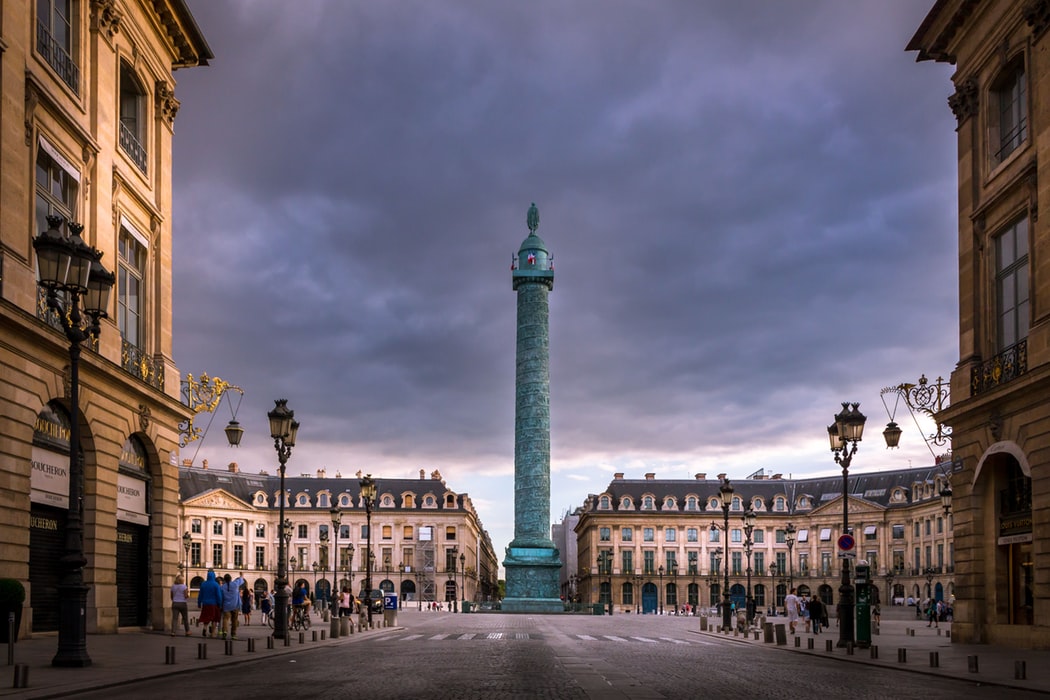
At the tip of the Île de la Cité, the romantic Place Dauphine is one of the prettiest Paris landmarks. It was built in the 17th century by Henry IV in honor of his son, Louis XIII. In the center of the historic square, a park with benches and trees beckon to readers and picnickers.
Religious Landmarks of Paris
The twelfth century Cathédrale Notre-Dame de Paris, located on the Île de la Cité, is a masterpiece of Gothic architecture and one of the most famous Paris landmarks. Built in the 12th and 13th centuries, its medieval style is instantly recognizable in its soaring vaults, flying buttresses, complex stonework, and intricate stained-glass windows.
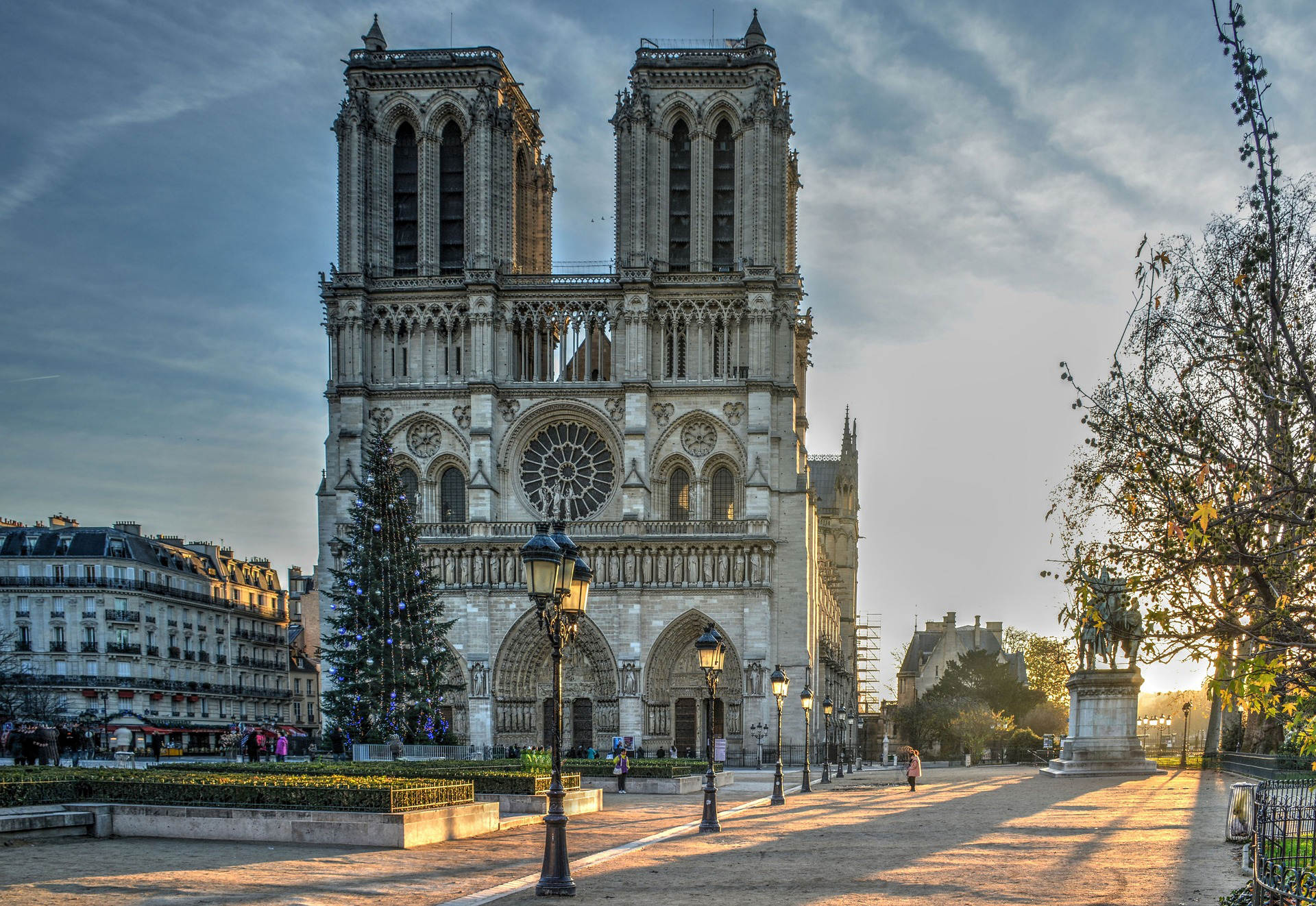
Also on the Île de la Cité, the magnificent Sainte-Chapelle—a former residence of French monarchs—is another Gothic gem, with its 1,113 stained glass panes. Explore Notre-Dame, Sainte Chapelle and other masterpieces of Gothic Paris in our Paris Gothic Architecture tour.
Located at the highest point in the city, the Sacré-Cœur Basilica in Montmartre is one of the most visited Paris landmarks. Get in your daily workout and climb 300 steps to the top for stunning views of the city. Then, stroll through famous district of Montmartre, known for its narrow streets, steep hills, historic buildings and artists at work.
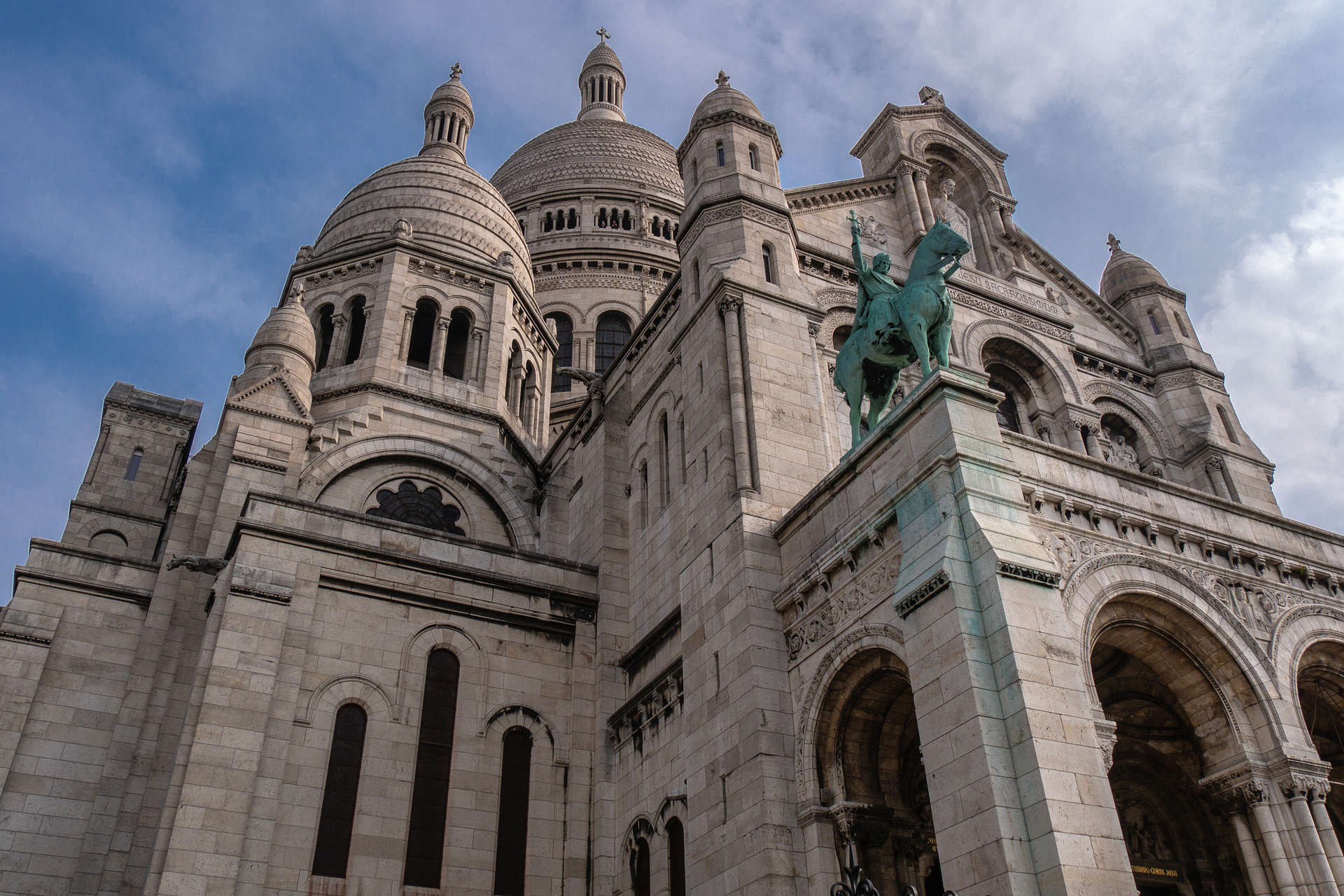
Notable Buildings of Paris
Les Invalides is an imposing 17th century building topped by a golden dome. Originally built as a hospital for wounded soldiers, it is now home to the Musée de l’Armée (the National Military Museum), the Musée des Plans-Reliefs (Relief Map Museum) and the ornate tomb of Napoleon Bonaparte in the stunning Église du Dôme (Church of the Dome).
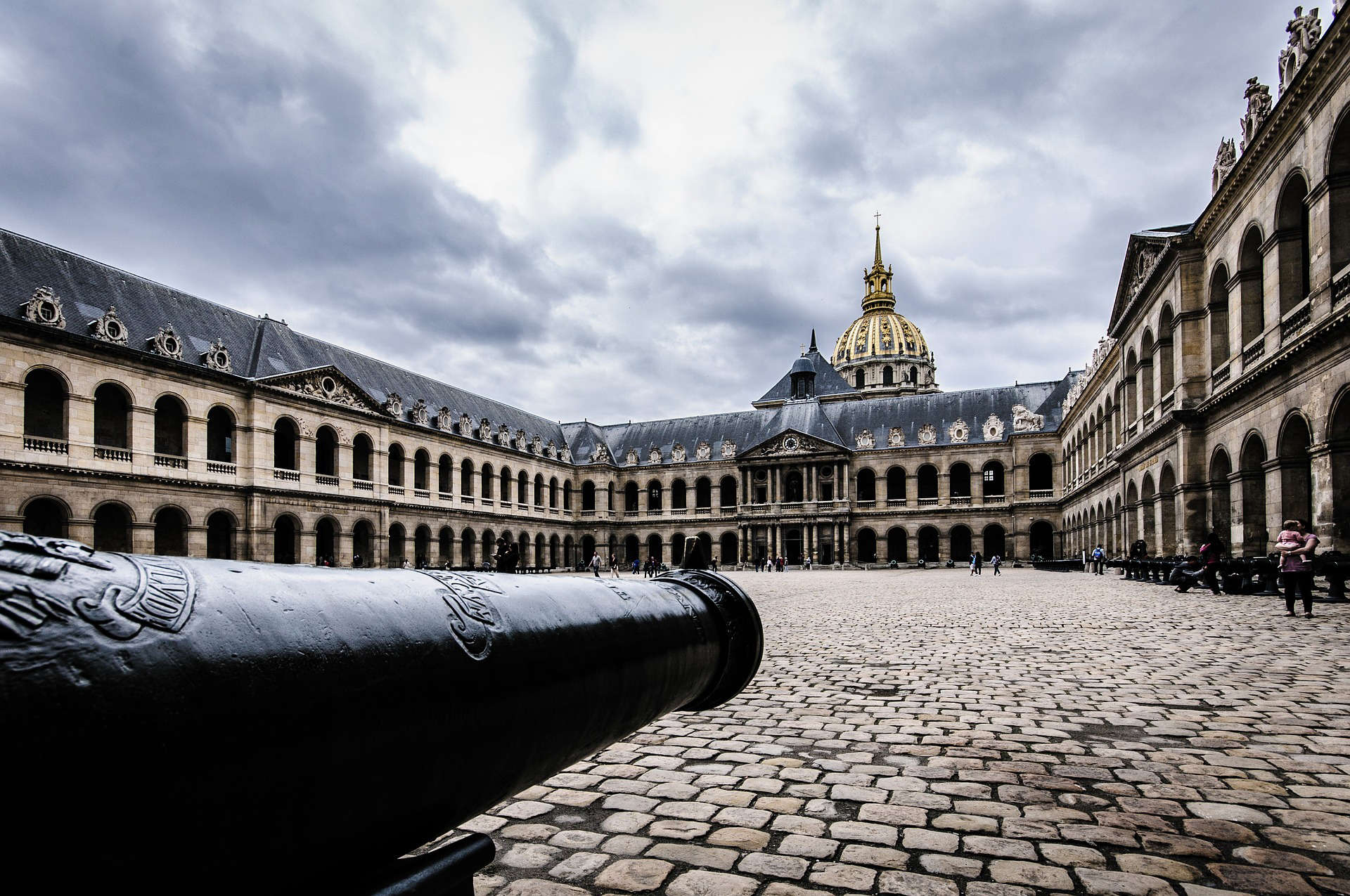
The Palais Royal, with its beautiful garden, is one of the best Paris landmarks. Built in 1692 by Cardinal Richelieu, it was the childhood home of King Louis XIII. In 1781, Louis-Phillipe d'Orléans, Duc de Chartres, expanded the Palais Royal into the city’s first shopping and leisure complex. Today, the palace is home to the Council of State, the Constitutional Council, and the Ministry of Culture. (Our fashion tour starts here, and continues to the Opera Garnier, among other sites.)
At the top of the Montagne Sainte-Geneviève, the 16th century Panthéon is one of the most recognizable Paris landmarks. Originally built to honor Saint Genevieve, it became home to a mausoleum where famous French personalities, including Voltaire, Rousseau, and Alexandre Dumas, are buried. Visitors can learn about their lives at the permanent exhibition.
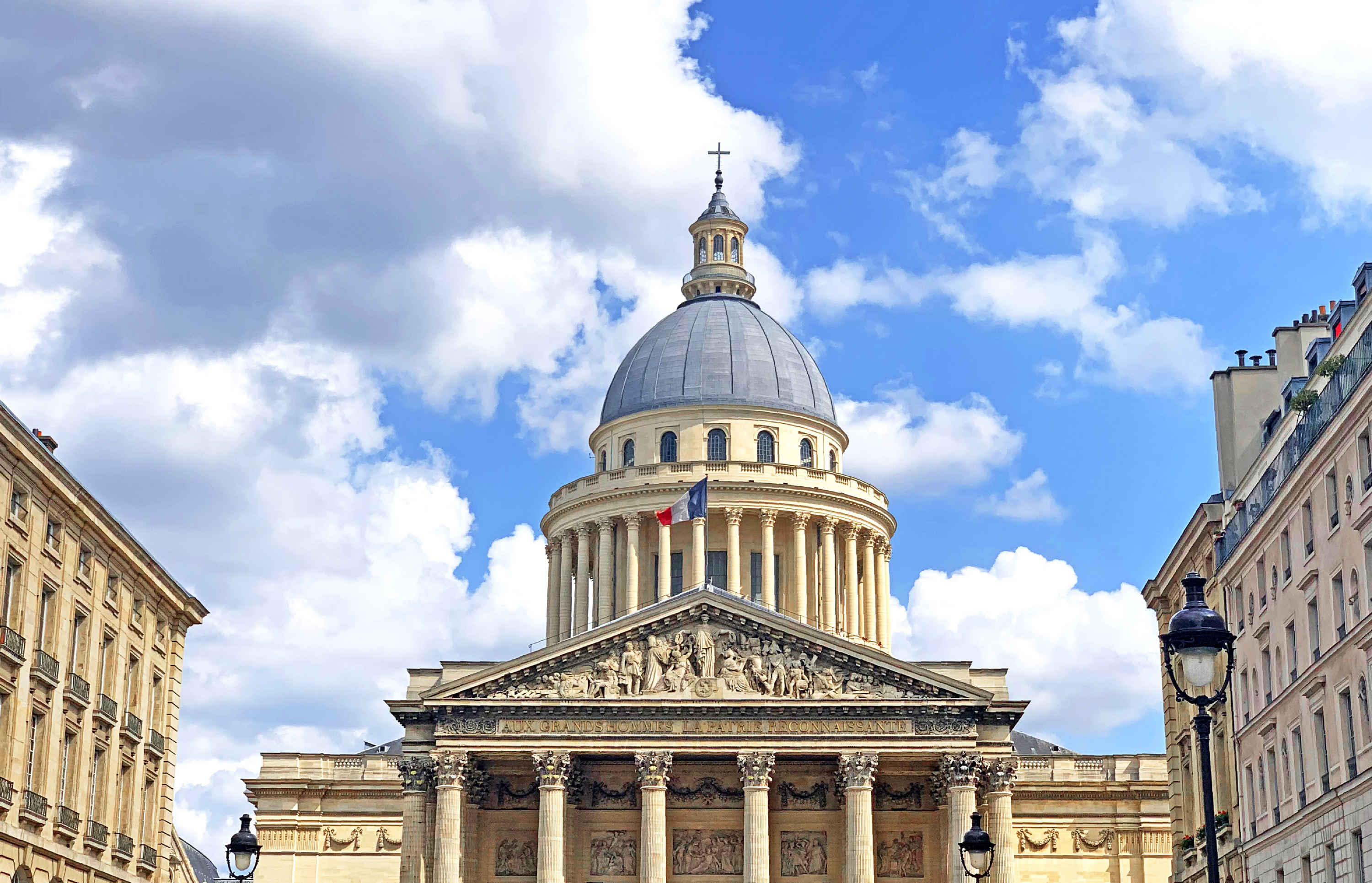
Other Paris Landmarks
Le Marais is a trendy neighborhood known for its narrow streets, medieval architecture, and diverse communities. The Marais is one of the best quartiers to see the examples of the Parisian Renaissance by taking a stroll amidst the splendid mansions, or so-called hôtels particuliers built by France's rich and noble families. Explore the district’s fashion boutiques, designer hotels, museums, galleries, boulangeries, restaurants and cafés. Some of the best places to visit are the Place des Vosges, the Maison Victor Hugo and the Musée Picasso.
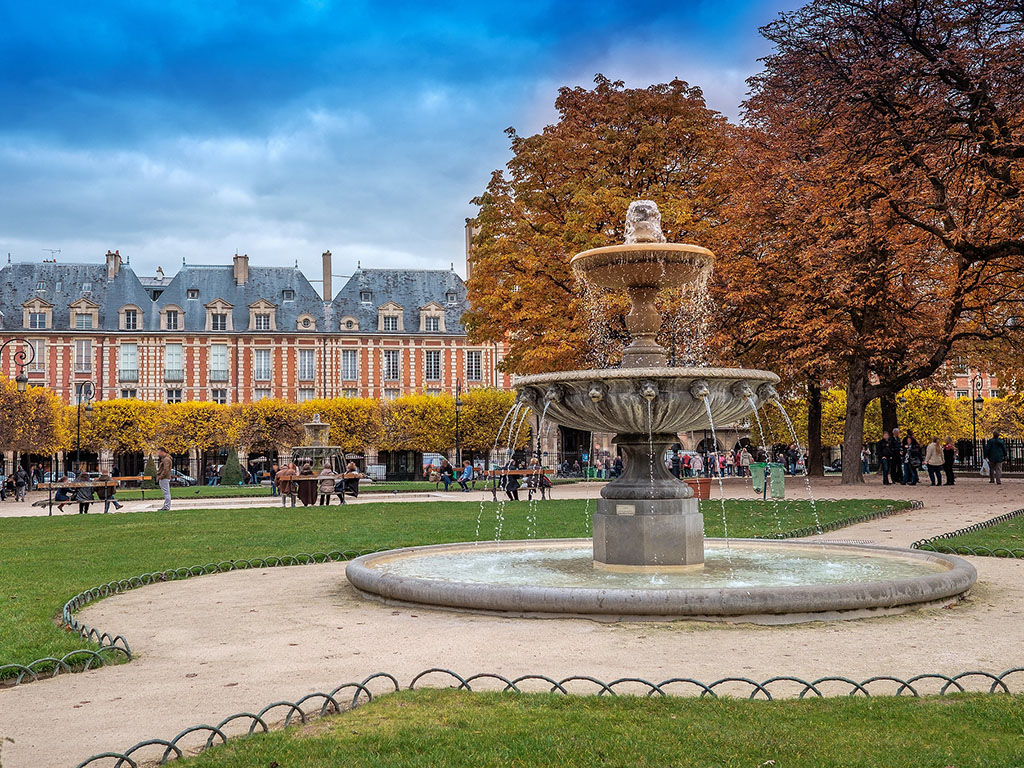
The Seine River is a must-see for all visitors to Paris. You can walk along the river banks, take a river boat (while tourists opt for the bateaux mouches—open excursion riverboats—a more local option is the Batobus, the commuter boat), explore some of the thirty seven bridges that cross the river, visit the islands of Saint-Louis and La Cité, soak in some sun during the summer at Paris Plage, and so much more.
The underground catacombs are the most macabre of Paris landmarks, holding the remains of an estimated six million people. In the late eighteenth century, the city decided to transfer the content of its overflowing cemeteries underground due to major health and hygiene issues. Today, visitors can walk through the underground tunnels lined with skulls and bones.
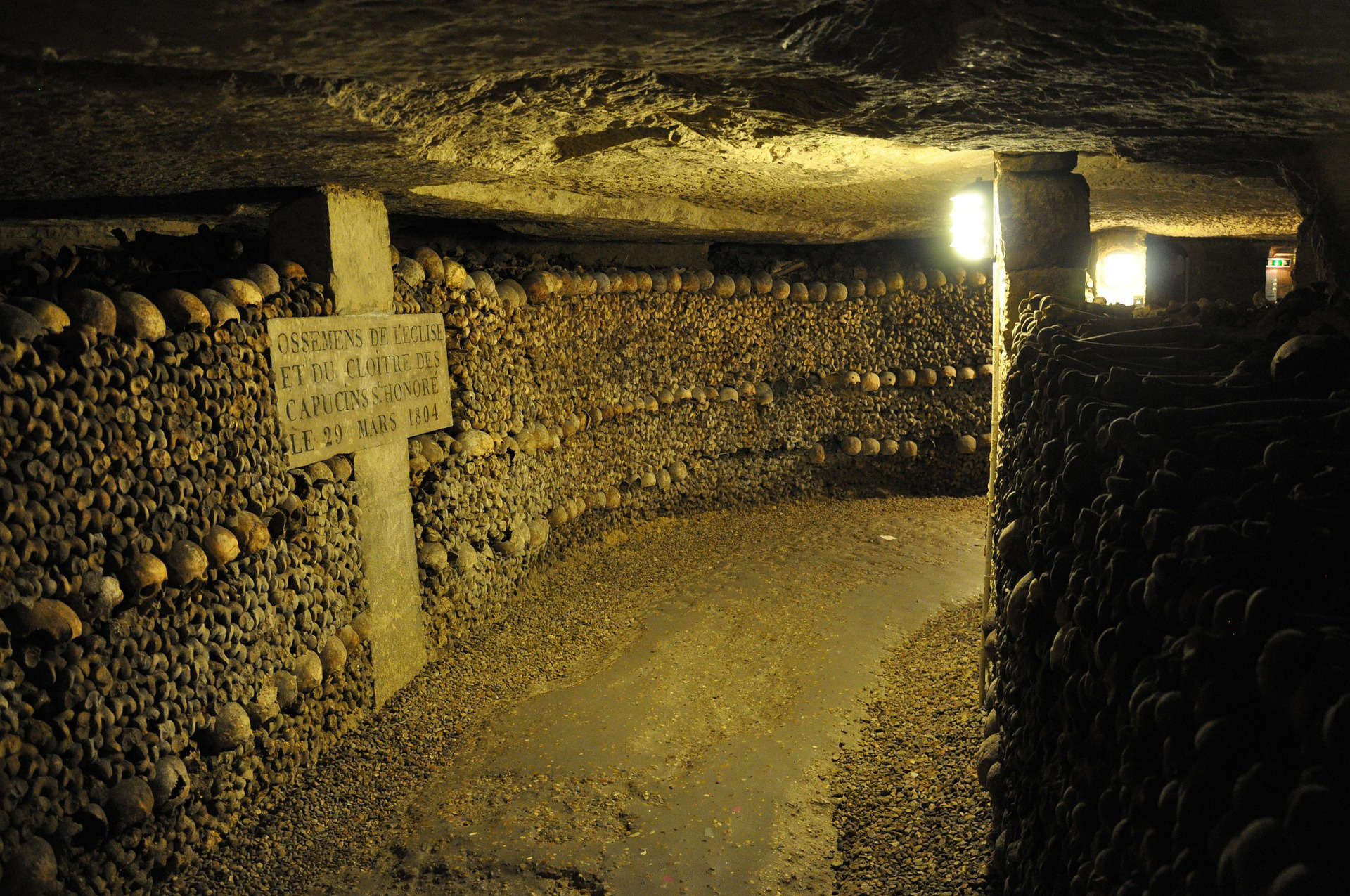
Similarly, Père Lachaise is the most visited cemetery in the world. With 70,000 burial plots, it is the largest cemetery in Paris. Famous people buried at Père Lachaise include Honoré de Balzac, Guillaume Apollinaire, Frédéric Chopin, Colette, Jean de La Fontaine, Molière, Jim Morrison, Alfred de Musset, Edith Piaf, and Oscar Wilde.
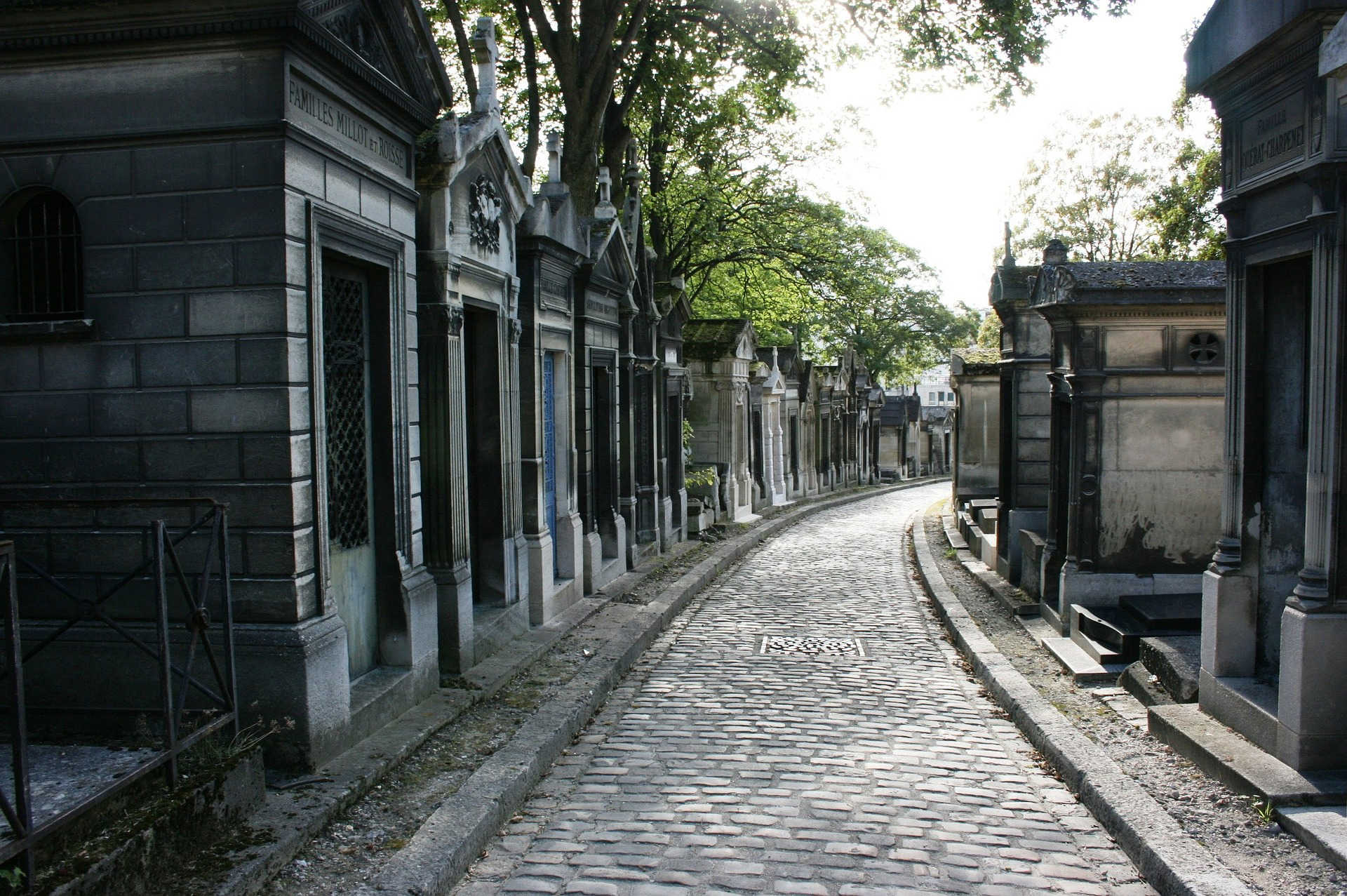
Even More from Context
We're Context Travel 👋 a tour operator since 2003 and certified Bcorp. We provide authentic and unscripted private walking tours and audio guides with local experts in 60+ cities worldwide.
Search by CityKeep Exploring











